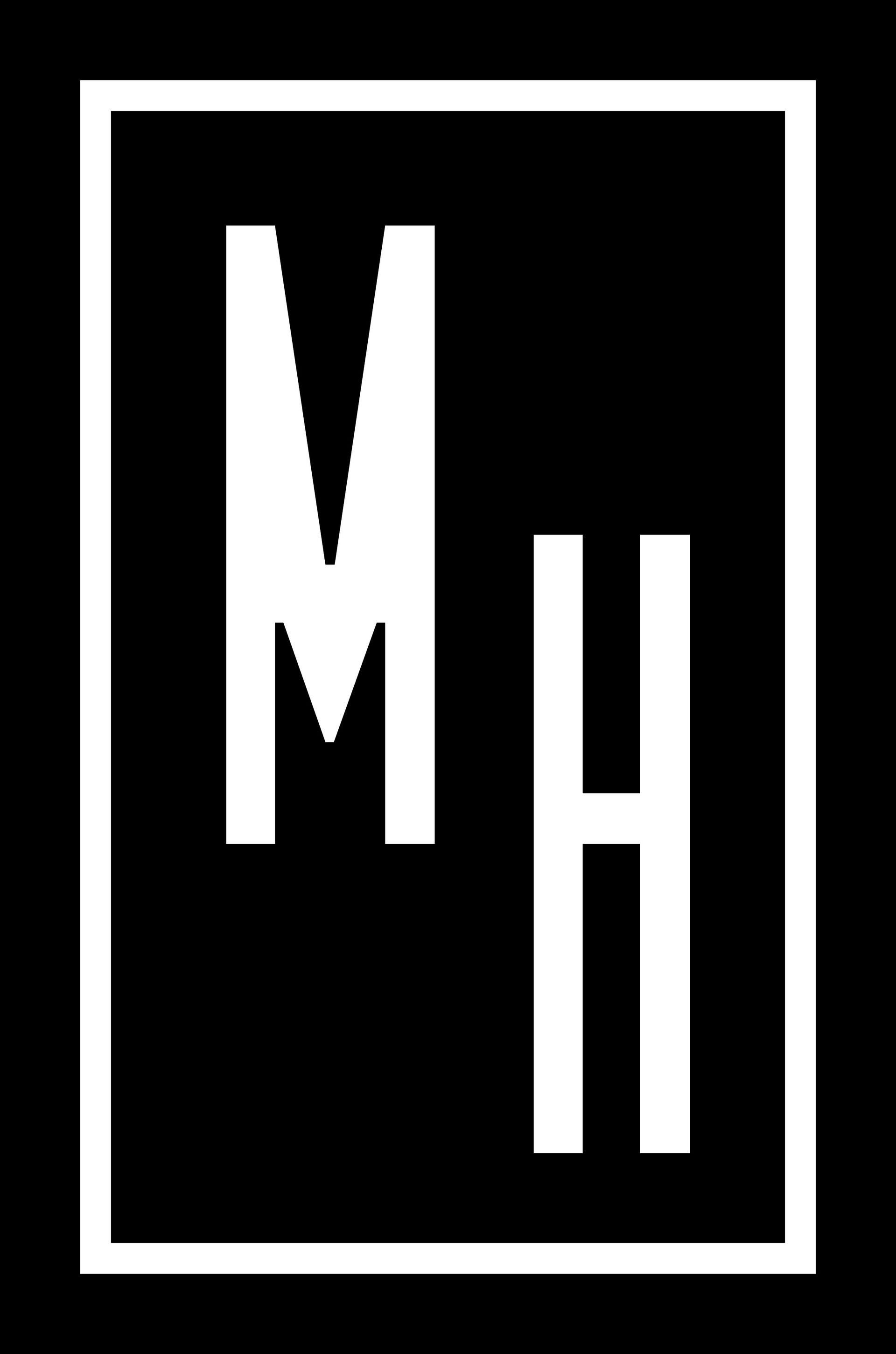
Navigating the Healthcare Landscape: Unraveling the Differences Between Public and Private Insurance
Make informed decisions about your healthcare coverage.

In the intricate tapestry of the American healthcare system, the debate between income-based public insurance, commonly associated with the Affordable Care Act (Obamacare), and health-based private insurance continues to be a topic of contention. As we delve into the nuances, it becomes apparent that each system carries its own set of advantages and drawbacks.
Income-Based Public Insurance (Obamacare)
Pros:
1. Accessibility for Low-Income Individuals:
One of the primary merits of Obamacare is its emphasis on providing healthcare access to individuals with lower incomes. Through Medicaid expansion and subsidies, the program seeks to bridge the gap for those who might otherwise struggle to afford private insurance.
2. Preventive Services Coverage:
Obamacare mandates coverage for essential preventive services at no additional cost to the insured. This includes vaccinations, screenings, and wellness check-ups, promoting a proactive approach to healthcare.
3. Protection for Those with Pre-existing Conditions:
One of the landmark achievements of Obamacare is its prohibition of insurance companies denying coverage or charging higher premiums based on pre-existing conditions. This ensures that individuals with chronic illnesses or past health issues can obtain affordable coverage.
Cons:
1. Income Fluctuations:
Critics argue that Obamacare's income-based structure can have punitive consequences. Individuals experiencing fluctuations in income, such as self-employment or salary increase, may find themselves facing higher premiums or losing eligibility for subsidies, creating a disincentive for professional and financial growth.
2. Limited Choice of Providers:
Public insurance plans often come with a restricted network of healthcare providers. This can lead to longer wait times for appointments and reduced flexibility in choosing doctors and specialists.
3. Limited Coverage:
Public insurance plans may have gaps in coverage, high deductibles, or high out pocket maxes. This leaves individuals vulnerable to unexpected medical expenses. For many working families and individuals these drawbacks lead to financial disaster down the road.
Health-Based Private Insurance
Pros:
1. Choice of Plans and Providers:
Private insurance offers a wide array of plans, allowing individuals to tailor coverage to their specific needs. Moreover, it often provides a broader network of healthcare providers, offering more choices for individuals seeking specialized care.
2. Incentives for Health and Wellness Programs:
Many private insurance plans incentivize policyholders to adopt healthier lifestyles through wellness programs. This can include discounts on gym memberships, coverage for preventive screenings, and other initiatives aimed at promoting overall well-being.
3. Faster Access to Specialized Care:
Private insurance plans often facilitate quicker access to specialized medical care. This can be crucial for individuals with specific health conditions requiring immediate attention from specialists.
Cons:
1. Affordability Challenges:
The cost of private insurance can be a significant barrier for many individuals, especially those with lower incomes. Premiums, deductibles, and out-of-pocket expenses can accumulate, making comprehensive coverage financially burdensome.
2. Pre-existing Condition Exclusions:
Unlike public insurance under Obamacare, private insurance plans may impose restrictions on coverage for individuals with pre-existing conditions. This can lead to denied coverage or substantially higher premiums, creating barriers for those in need of consistent medical care.
3. Exclusions and Limits:
Private insurance plans may have exclusions and limits on certain services, leading to out-of-pocket expenses for individuals needing treatments or procedures not covered by their plans.
In conclusion, the choice between income-based public insurance and health-based private insurance is a complex decision influenced by personal circumstances and priorities. While each system has its merits and drawbacks, a comprehensive understanding of these differences is crucial for individuals navigating the healthcare landscape in the United States.
